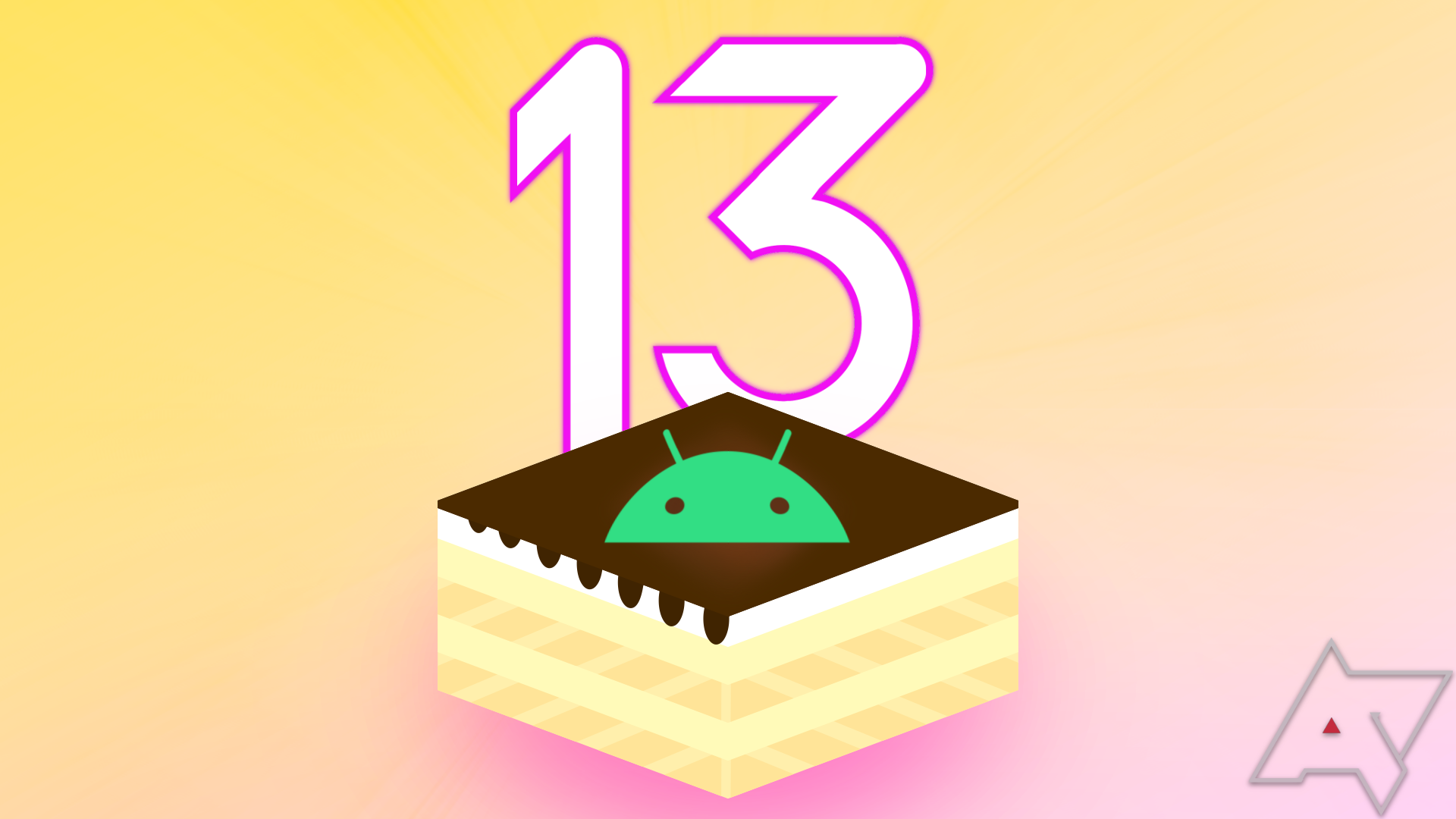As we wait for an Android 13 preview, details for the upcoming release trickle in. On top of recently spotted features like the tap-to-transfer media playback, some UI tweaks for the output picker, QR code scanning tweaks, and a “Panlingual” feature for per-app language settings, we have a few lingering tidbits for you. On top of those, Android 13 could debut a tweak for the Assistant trigger in button-based navigation modes, and a user switcher menu may be coming to the keyguard.
Home button Assistant toggle
Gesture-based navigation may be the hot thing right now, but plenty of folks still use the older button-based system. And that’s not just because of habit; buttons are better for accessibility, too. However, Google looks like it may be adding an option to tweak how that button-based navigation works, adding a setting that disables the home button long press from triggering your digital assistant.
Frankly, I had assumed a setting like this would have existed already, but digging around current Android 12 releases, there’s no such option. This new setting adds a cog menu to the two- and three-button navigation settings in the system navigation menu (accessed in Android 12 for Pixels via System -> Gestures -> System navigation), similar to the menu that already existed for gesture navigation settings. However, this has just one item: Hold Home to invoke assistant. Seemingly enabled by default, you can turn the setting off, so a long-press of the home button no longer triggers your digital assistant.
This might not seem like a terribly helpful change, but it could actually be handy for accessibility. Some of us may lack the coordination or precision in motion to tap a button reliably without unintentionally triggering a longer press, and a change like this can make it easier to navigate around Android in those cases with just a small sacrifice in functionality. (It might even be good for Google to link to it from the Accessibility menu.)
Keyguard user switcher
Most of us probably don’t use Android’s user switcher very often — phones tend to be single-user devices, and Android-powered tablets aren’t very popular (though maybe Android 12L can make a dent in that). Still, technically you can set up multiple user profiles on an Android device and switch between them. They could be work accounts, family, or your friends, and the separation ensures a little added privacy and some freedom for individual customization.
Switching users isn’t exactly a pain, and there are a few ways to do it (there’s a Quick Settings tile/shortcut on phones, though tablets get a snazzy menu right on the lock screen), but Android 13 is adding another method: The keyguard itself might get a user switcher menu.
We can’t confirm if this will be for both phones and tablets or tablets only — a lot of the user switching stuff weirdly varies between the two platforms, and we can’t be exactly sure what our source’s Android 13-running device thinks itself to be. (The “restricted” profile may indicate it’s a tablet-specific change, as that feature was previously tablet-specific. But it’s equally possible restricted profiles might expand to non-tablet devices on Android 13. Either way, we’re getting caught in the weeds now.) The keyguard user profile switcher would be new for either platform, though, showing off an avatar at the top of the screen with a drop-down menu below it, allowing you to quickly and easily switch between devices.
It’s a change that would make a lot of sense. If you go to unlock an Android device and only notice that you’re in the wrong profile when entering a pin/password/pattern, that would previously mean backing out and changing users. This makes it a simpler process you can do straight from the keyguard and potentially useful for families that might share a tablet between kids.
Bonus: More Panlingual bits
These aren’t that new, and though we knew what the settings for the new per-app language options would look like, this is the first chance we’ve been able to see them in action for ourselves (though it’s not really news and others have shown it off already).
Still, enjoy:

